Non-Custodial Crypto Wallets in Restricted Countries: How to Stay in Control When Exchanges Are Blocked
Recovery Phrase Security Calculator
- Write on paper in multiple locations
- Use a fireproof/waterproof safe
- Consider a hardware wallet for large holdings
- Never share your phrase with anyone
Your recovery phrase contains 24 words
Estimated Time to Crack: 1.3 quadrillion years
Security Recommendation: Use a hardware wallet for funds exceeding $1,000
When your government bans crypto exchanges, freezes bank accounts, or blocks access to Coinbase and Binance, your money isn’t gone-it’s just locked up. But there’s a way out: non-custodial crypto wallets. These aren’t apps you download from an app store. They’re tools that put you, and only you, in charge of your money. No middleman. No CEO who can disappear with your funds. No government that can shut down your account overnight.
What Makes a Wallet Non-Custodial?
A non-custodial wallet means you hold the keys. Not a company. Not a bank. Not a government. Your private keys-the secret codes that prove you own your crypto-are stored only on your device. If you lose them, your money is gone forever. There’s no customer service line to call. No password reset. No rescue plan. That’s the trade-off.Think of it like a safe deposit box in a country where the bank has been shut down. Only you have the key. If you misplace it, no one can open it for you. But if you keep it safe, no one else can touch it either. That’s the power-and the danger-of non-custodial wallets.
Popular options include MetaMask (browser and mobile), Trust Wallet, and hardware wallets like Ledger Nano S or Nano X. These don’t ask for your ID, passport, or selfie. No KYC. No paperwork. Just download, create a wallet, and you’re in. In countries where crypto exchanges are banned, this is often the only way to hold Bitcoin, Ethereum, or other tokens without asking for permission.
Why People in Restricted Countries Use Them
In places like Nigeria, Iran, Venezuela, or parts of Southeast Asia, governments have cracked down on crypto. Banks refuse to process transactions. Local exchanges get shut down. People lose access to their savings overnight.That’s when non-custodial wallets become essential. Here’s why:
- No KYC needed: You don’t need to prove who you are. No government can freeze your wallet because they don’t know it’s yours.
- No central point of failure: Unlike centralized exchanges (remember FTX?), there’s no company holding your crypto. If the exchange collapses, your money stays safe.
- Direct access to DeFi: You can swap tokens on Uniswap, lend on Aave, or earn yield on PancakeSwap-all without needing approval from a regulated entity.
- Works with a VPN: Even if the wallet site is blocked, a simple VPN lets you access it. The wallet itself runs on your phone or computer, not on a server the government controls.
One Reddit user in a country where crypto trading is illegal wrote: “MetaMask is my only gateway to DeFi.” That’s not an exception. It’s the norm for thousands.
The Hidden Risks You Can’t Ignore
This isn’t magic. It’s responsibility. And most people aren’t ready for it.Here’s what happens when things go wrong:
- You lose your 12-word recovery phrase? Your $5,000 in ETH is gone. Forever.
- You send crypto to the wrong address? No one can reverse it.
- You click a fake link and give away your keys? Your wallet is drained.
- You don’t know how to check a smart contract address? You might send funds to a scammer.
Forvismazars’ 2025 risk report says: “If a private key is lost or compromised, there is no way to recover the funds.” That’s not a warning-it’s a fact. And in countries with poor digital literacy, no crypto education, and censored forums, this risk is amplified.
One user on Reddit lost $3,200 after moving countries and accidentally deleting his backup. He didn’t know how to restore it. No one could help him. That’s the reality.
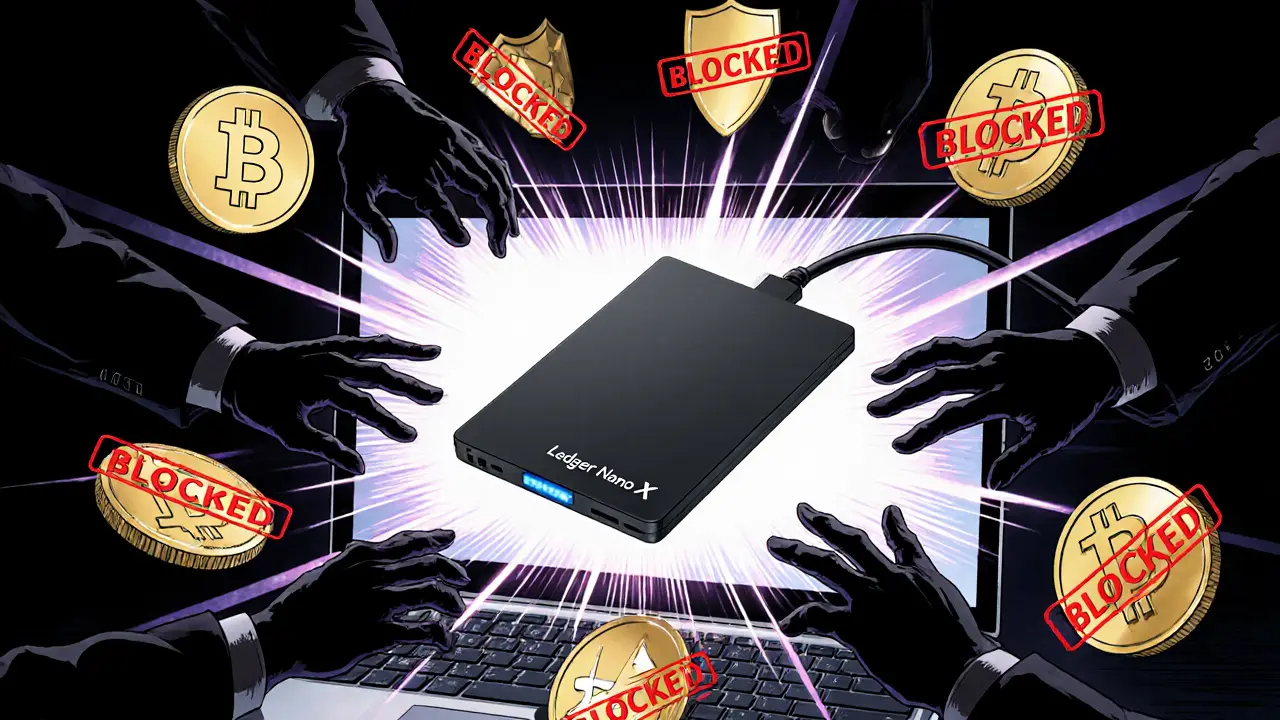
Hardware Wallets: The Gold Standard for High-Risk Areas
If you’re holding more than a few hundred dollars in crypto, don’t use just a phone app. Use a hardware wallet.Devices like the Ledger Nano S ($79) or Nano X ($149) store your private keys offline. Even if your computer gets hacked, your crypto stays safe. Transactions are signed inside the device-no keys ever leave it. You plug it in, confirm the transaction on its screen, and that’s it.
For people in restricted countries, hardware wallets offer extra benefits:
- They can be turned off when not in use-making them invisible to remote attacks.
- They support Shamir Backup, which splits your recovery phrase into parts. You can hide each part in different places.
- You can use a passphrase to create a hidden wallet. If someone forces you to reveal your recovery phrase, you give them the fake one. Your real funds stay protected.
These features aren’t gimmicks. They’re survival tools.
How to Set Up a Non-Custodial Wallet (Step by Step)
If you’re in a restricted country and want to get started, here’s how to do it safely:- Download a wallet app like MetaMask (for desktop) or Trust Wallet (for mobile). Get it from the official site-never from a third-party app store.
- Create a new wallet. The app will generate a 12- or 24-word recovery phrase. Write it down on paper. Never store it digitally.
- Store the phrase safely. Keep it in a fireproof, waterproof place. Hide multiple copies in different locations.
- Enable two-factor authentication on your phone and email. This protects your device if it’s stolen.
- Buy a hardware wallet if you’re holding more than $1,000. Connect it to your computer and transfer your crypto from the app to the device.
- Learn how to verify addresses. Always double-check the contract address before sending tokens. Scammers create fake tokens that look real.
- Use a VPN if the wallet site is blocked in your country. NordVPN or ProtonVPN are reliable options.
It takes 10 to 40 hours to feel confident using these tools. Don’t rush. Practice with small amounts first.
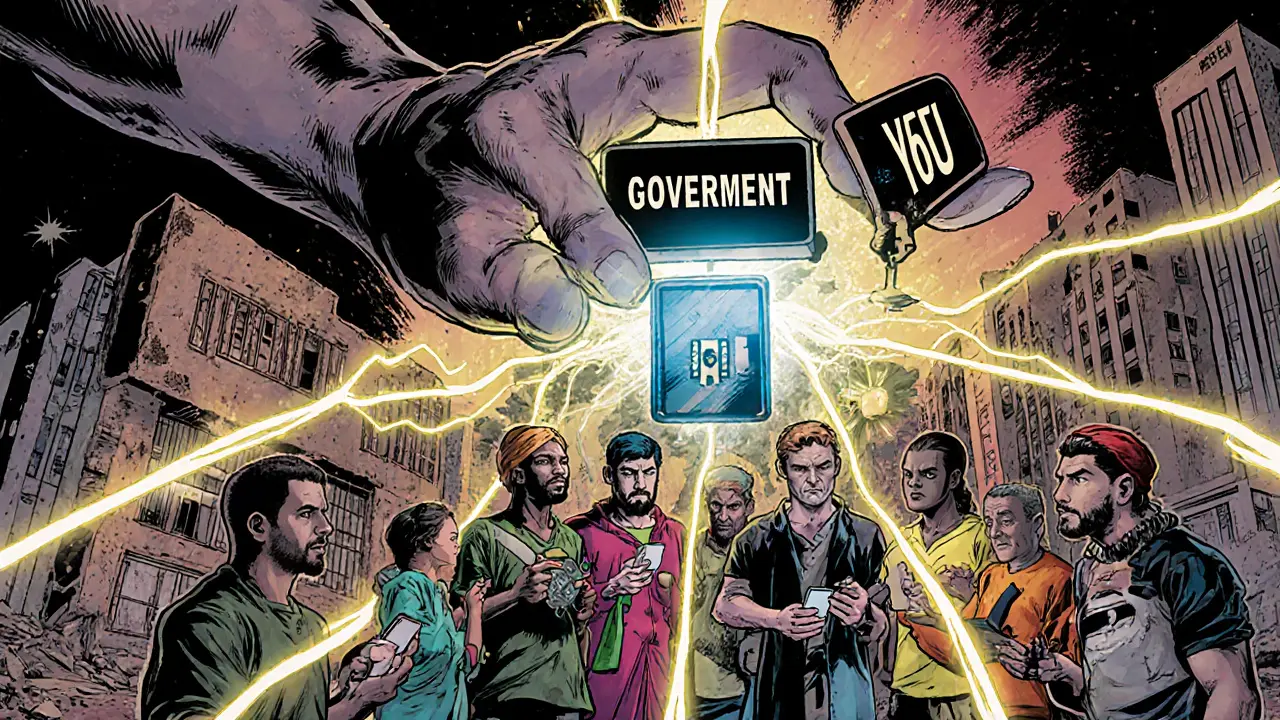
What You Can’t Do With Non-Custodial Wallets
They’re powerful-but not perfect.- You can’t instantly cash out to local currency. You’ll need a peer-to-peer platform like LocalBitcoins or Paxful to trade crypto for cash.
- You can’t get help if you mess up. No live chat. No email support. No refund policy.
- You can’t use them to pay bills or buy groceries (yet). They’re for holding and trading, not spending.
- You can’t rely on them if you’re not tech-savvy. If you forget passwords, struggle with apps, or get confused by blockchain explorers, this isn’t for you.
Non-custodial wallets aren’t for everyone. But for those who need financial sovereignty, they’re the only real option.
What’s Next for Crypto in Restricted Countries?
Governments aren’t stopping. They’re adapting. Some are banning VPNs. Others are cracking down on crypto ATMs. A few are launching their own digital currencies to replace Bitcoin.But the trend is clear: people want control. And non-custodial wallets are the most direct way to get it. As of mid-2024, over 85 million people globally use non-custodial wallets. That number is rising fastest in places where trust in banks and governments is lowest.
Tools are getting better. Multi-signature wallets (which require 2+ people to approve a transaction) are starting to appear. These could help families or trusted friends protect each other’s assets-without relying on a company.
But the core truth hasn’t changed: your crypto is only as safe as your ability to protect your keys. No one else can do it for you.
Can I use a non-custodial wallet if my country bans crypto?
Yes. Non-custodial wallets don’t require approval from your government or local banks. You can download them, create a wallet, and hold crypto without anyone knowing-unless you tell them. Many users in banned countries rely on MetaMask or Trust Wallet with a VPN to access decentralized exchanges and DeFi platforms.
What happens if I lose my recovery phrase?
Your crypto is gone forever. There is no way to recover it. No company, no hacker, no government can restore access. This is the core trade-off of non-custodial wallets: full control means full responsibility. Always back up your recovery phrase on paper and store it securely in multiple locations.
Are hardware wallets worth it for people in restricted countries?
If you hold more than $1,000 in crypto, yes. Hardware wallets like Ledger store your keys offline, making them immune to remote hacks. They also support advanced features like Shamir Backup and hidden wallets-critical for users who need plausible deniability if their device is seized. For most people in high-risk areas, a hardware wallet is the only safe way to store significant crypto holdings.
Can I buy crypto with cash using a non-custodial wallet?
You can’t buy crypto directly with cash inside the wallet, but you can use peer-to-peer platforms like LocalBitcoins, Paxful, or Bisq to trade cash for crypto. Once you receive the crypto, you can send it directly to your non-custodial wallet. This avoids centralized exchanges entirely.
Is it legal to use a non-custodial wallet in a restricted country?
Laws vary, but in most restricted countries, owning crypto isn’t illegal-using exchanges or converting it to local currency might be. Non-custodial wallets themselves are just software. As long as you’re not actively trading on banned platforms, holding crypto privately is often a legal gray area. Many users operate under the assumption that if no one knows you have it, no one can punish you for it.
How do I protect my wallet from being hacked?
Use a hardware wallet for large amounts. Never store your recovery phrase on your phone or computer. Use a strong, unique password for your device. Avoid clicking links from unknown sources. Always verify contract addresses before sending tokens. Use a trusted VPN to access wallet sites if they’re blocked. And never share your recovery phrase with anyone-not even someone claiming to be from support.

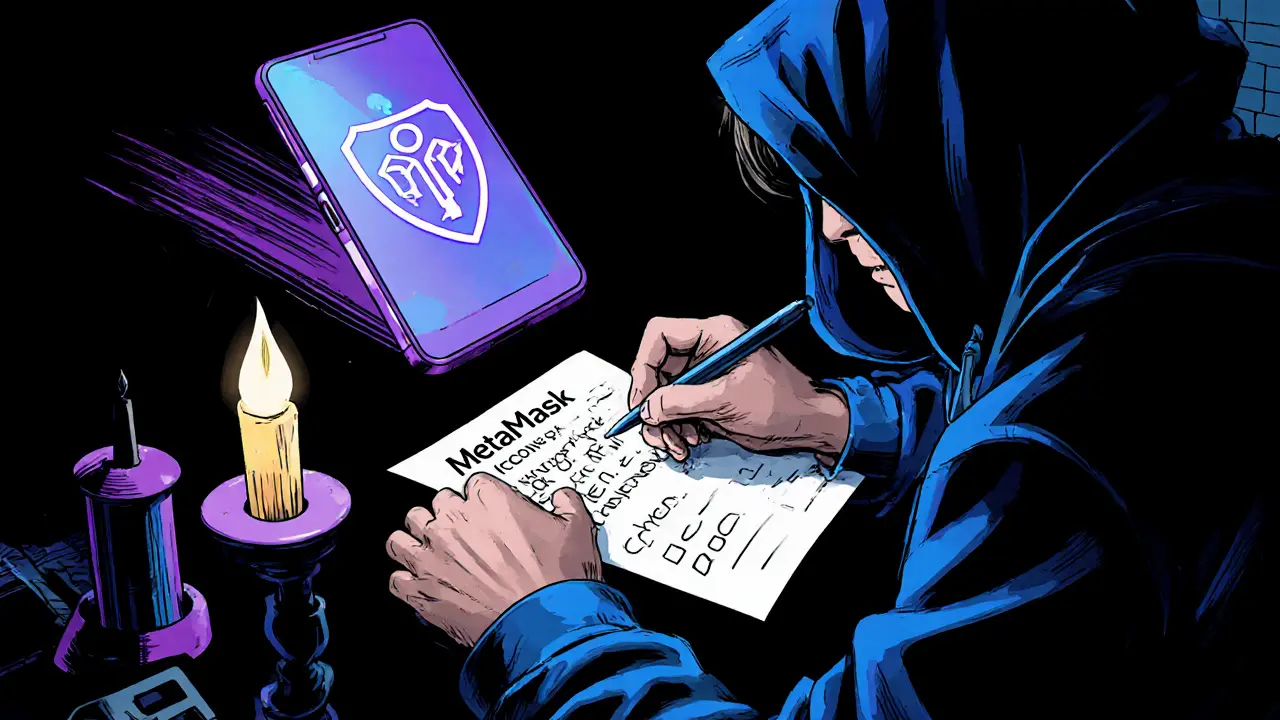
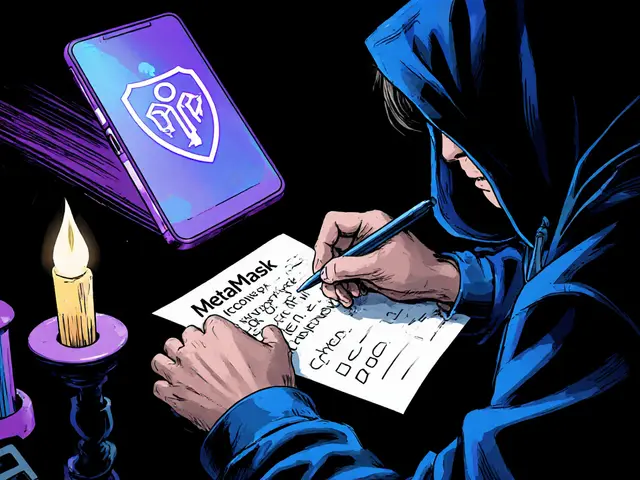
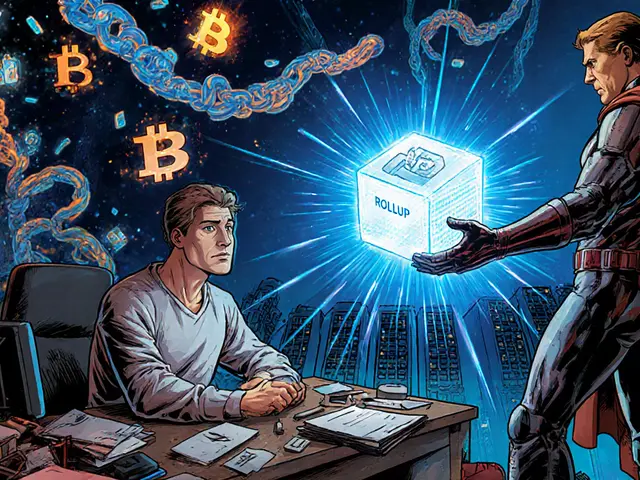
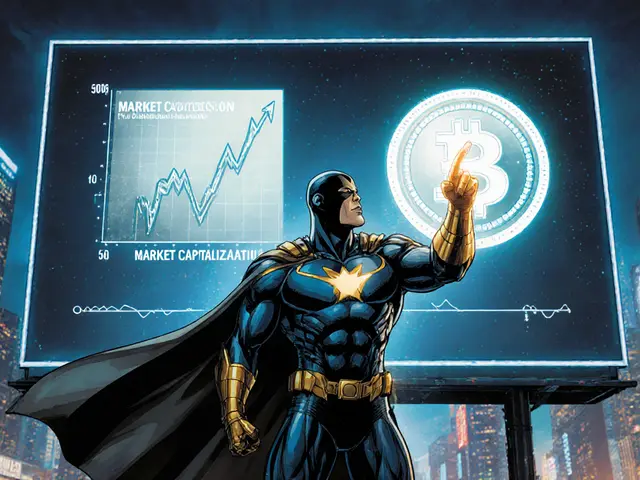
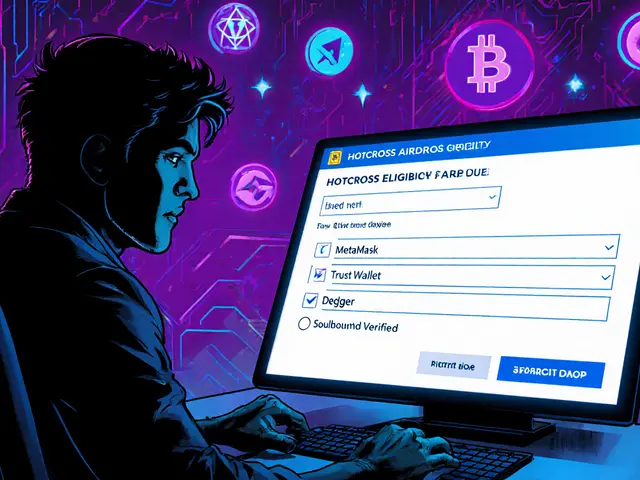
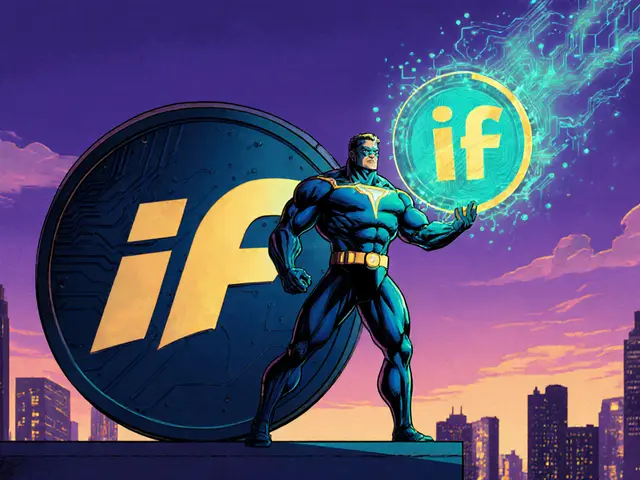

man i just tried setting up a metaMask last week and somehow i sent 0.05 eth to a contract that looked like uniswap but had a 3rd letter different?? i didnt even realize till the next day. now i’m just staring at my screen like a lost puppy. no one can help. no customer service. just me, my dumb self, and a blockchain that doesnt care. i thought crypto was freedom but turns out its just a very expensive self-help book you have to read before you can even use the toilet.
There is a profound existential truth here: we are not owners of wealth-we are custodians of chaos. The private key is not a tool; it is a mirror. It reflects the fragility of human memory, the arrogance of digital confidence, and the quiet horror of realizing that your life’s savings are stored in a phrase you wrote on a napkin and forgot about. We seek liberation from banks, yet we become prisoners of our own negligence. 🤔
Let’s be brutally honest: non-custodial wallets aren’t for the masses. They’re for the disciplined, the paranoid, and the stubbornly independent. The average person can’t even manage a password manager, let alone a 12-word seed phrase. This isn’t financial innovation-it’s a survival filter. If you can’t handle this, you don’t belong in crypto. And that’s okay. The system is designed to weed out the unprepared. The market rewards those who treat keys like their firstborn child.
Hardware wallets are overrated. Why not just write your phrase on a piece of paper and hide it in your mattress? It’s cheaper. It’s simpler. And if your house burns down? Well. That’s karma for trusting tech instead of your gut. Also, why do people assume everyone has a computer? In Nigeria, people use phones with 2% battery and 2021 Android. Ledger? Lol. Try sending a tx on a Nokia 3310.
bro i live in delhi and i use trust wallet with vpn like its my lifeline. last month my phone got stolen and i lost 20k rupees because i saved my phrase on notes app. i cried for 3 days. now i write it on 3 different notebooks and hide them in my grandma’s puja room. she thinks its a mantra. i dont correct her. it’s safer that way. also, dont trust anyone who says they can help you recover your keys. they already stole it.
I’ve been holding crypto for 5 years now and I still don’t know if I’m doing it right. I use MetaMask. I have a hardware wallet I bought but never connected. I wrote down my phrase but I’m not sure if it’s the right one. I’ve never sent anything bigger than $50. I think I’m doing it wrong. But I also think maybe I’m doing it right? I don’t know. I just check my balance once a week. It’s like a digital pet. I feed it with small buys. I don’t let it out of my sight. I don’t know if it loves me back.
so you’re telling me the only way to be free is to become a blockchain janitor? i gotta memorize 24 nonsense words, avoid phishing links, use a vpn, buy a $150 box, and still pray nothing happens? and if i mess up? bye. no refund. no apology. just silence. cool. i’ll stick with my bank. at least they’ll charge me $35 for a bounced check and still pretend to care.
Hi everyone! I’m from Lagos and I’ve helped over 30 friends set up wallets. First thing I tell them: write your phrase on paper, not phone. Second: never screenshot it. Third: give a copy to someone you trust-like your sibling or pastor. I’ve seen people lose everything because they thought ‘I’ll remember it.’ You won’t. Also, use Trust Wallet-it’s lighter than MetaMask on slow networks. And yes, a VPN helps. I use ProtonVPN. Free version works fine. You got this. 💪
It is imperative to recognize that the philosophical underpinning of non-custodial sovereignty is not merely economic-it is ontological. The individual, armed with cryptographic autonomy, reclaims agency from institutional abstraction. This is not merely a technical shift; it is a redefinition of ownership in the digital age. The recovery phrase, therefore, becomes the modern equivalent of the sacred covenant-irrevocable, unbreakable, and utterly weighty with consequence. One must approach this with reverence, not convenience.
Wow. Another ‘crypto is freedom’ sermon. Let me guess-your wallet has $1200 in ETH and you think you’re a revolutionary? Meanwhile, your neighbor in Nigeria is trading Bitcoin for fuel on WhatsApp because his bank froze his account. You’re not a pioneer. You’re a spectator with a fancy app. And your ‘hardware wallet’? It’s just a USB stick you’re emotionally attached to. Congrats. You’re the CEO of your own personal tragedy.
hey everyone, just wanted to say-this stuff is scary but also kinda beautiful? like learning to ride a bike without training wheels. you’re gonna fall. you might cry. you might lose your lunch money. but once you get it? man. you feel unstoppable. i started with $20. now i’ve got a ledger. i still mess up. but i’m learning. and hey-if you’re reading this and you’re scared? you’re not alone. just take it slow. one step at a time. you got this.
in Lagos, we don’t call it ‘crypto’-we call it ‘survival mode’. last week, my cousin used his phone to swap ETH for Naira via P2P and bought a fridge. a fridge. with blockchain. imagine that. we don’t need banks. we need Wi-Fi and courage. and yes, we all know someone who lost everything. but we also know someone who bought a house with Bitcoin. the risk? it’s real. but the alternative? poverty with a passport. i choose the keys.
Every time I see someone say ‘just write it down on paper’-I cringe. Paper burns. Paper gets wet. Paper gets thrown out by a cleaning lady who thinks it’s junk mail. My recovery phrase? I’ve engraved it into titanium plates. One in my safe. One buried in my backyard. One in a waterproof capsule in my wife’s wedding ring box. If I die? My kids get the keys. If I’m kidnapped? I give them the decoy phrase. This isn’t paranoia. This is legacy. This is the new will. And if you think this is overkill? Then you haven’t lost anything yet.
OMG I JUST GOT MY LEDGER AND I’M SO EXCITED!!! 🎉💖 I even named it ‘Bob’! I put it in a little velvet pouch and keep it next to my crystals. I did the whole setup with my cat watching. She didn’t even paw at it! That’s a sign, right? Also, I wrote my phrase on 5 sticky notes and put them in different shoes. So if I lose one shoe, I still have the others! 💫✨
Non-custodial wallets are just a glorified way of saying ‘I don’t trust anyone, including myself.’